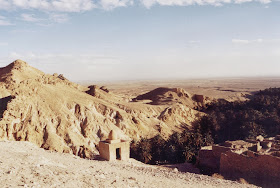I'm happy to say that Killing the Hydra, Eagles and Dragons Book II, is going to be released in the next few weeks.
It's been a long haul and I'm grateful to those who have hung in there with me. I know many of you who enjoyed Children of Apollo have been more than patient. Thank you for that.
For those of you who have not read Children of Apollo, but are interested, there is going to be a special offer on that around the launch of Killing the Hydra. So stay tuned.
This week I received the final cover designs from artist Derek Murphy at Creativindie. There is a lot going on in this book, so finding the right images to convey the story proved challenging.
I love the process of cover design, and it's always a treat to get that final version in your inbox.
Today, I wanted to share the cover images with you (e-book and paperback). First, here is the story outline:
Killing the Hydra – Eagles and Dragons Book II
In Killing
the Hydra, Lucius Metellus Anguis returns to North Africa, determined to
investigate the death of his centurion and root out the treason that has
infiltrated the ranks of his cohort. With his wife, Adara, safe in Athens,
Lucius finds himself alone on a dangerous road back to the legionary base at
Lambaesis. Praetorian spies and other unknown enemies are hunting him, and it
is only with help from the Empress, a Punic prostitute, and an ancient group of
warriors that Lucius is able to survive.
But the Sibyl’s prophecy haunts Lucius’s
dreams, and he clings desperately to the hope that he is making the right
decisions for his men, for himself, and for his family.
As his world is ravaged by pain on all
fronts, Lucius Metellus Anguis must decide whether or not to make his move
against the enemies that have plagued his family for far too long, including
the most powerful man in the Roman Empire.
How far will the Dragon go to protect his family and avenge the spirits of the dead?
Only the Gods know…
There you have it! For me, as an author, sharing this for the first time is very exciting. It is also nerve-wracking because, in a sense, the die is cast. I'm crossing my Rubicon.
In the description you'll notice that a lot is happening to Lucius. The Empire is in turmoil and two of the main political forces are the people whose faces you see in the clouds on the book cover - the Empress, Julia Domna, and the Prefect of the Praetorian Guard, Gaius Fulvius Plautianus. Once again, Lucius is back in Africa to investigate the death of one of his centurions, while his heart is on the other side of the Middle Sea.
I won't say anything else because I don't want to spoil things for those of you who have not read Book I. Suffice it to say, that Killing the Hydra will throw you headlong into the passion and pain of the Roman world.
Prior to launch day, I'll post some short excerpts from the book. In the meantime, if you would like to read an excerpt of Book I, you can do so HERE.
As ever, thank you for reading. Do spread the word about the series, and keep watching this space. There is a lot more coming in 2014!
Ave!













